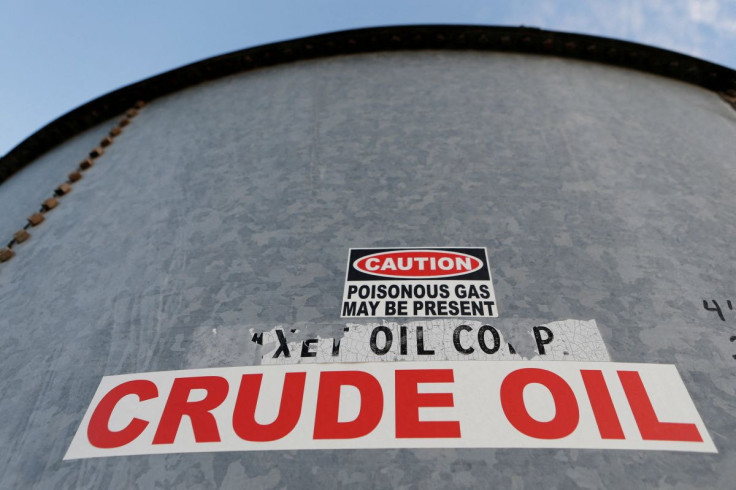Oil Prices Up 2% On Supply Outages

Oil prices rose about 2% on Friday, recouping most of the previous session's declines, as supply outages in Libya and expected shutdowns in Norway outweighed expectations that an economic slowdown could dent demand.
Brent crude futures were up $2.20, or 2%, at $111.23 a barrel by 1348 GMT, having dropped to $108.03 a barrel earlier in the session.
WTI crude futures gained $2.25, or 2.1%, to $108.01 a barrel, after retreating to $104.56 a barrel earlier.
Both contracts fell around 3% on Thursday, ending the month lower for the first time since November.
We "still see risks to prices as skewed to the upside on tight inventories, limited spare capacity and muted non-OPEC+ supply response," Barclays said in a note.
Libya's National Oil Corporation declared force majeure on Thursday at the Es Sider and Ras Lanuf ports as well as the El Feel oilfield. Force majeure is still in effect at the ports of Brega and Zueitina, NOC said.
Production has seen a sharp decline, with daily exports ranging between 365,000 and 409,000 bpd, a decrease of 865,000 bpd compared to production in "normal circumstances", NOC said.
Elsewhere, 74 Norwegian offshore oil workers at Equinor's Gudrun, Oseberg South and Oseberg East platforms will go on strike from July 5, the Lederne trade union said on Thursday, likely halting about 4% of Norway's oil production.
Ecuador's government and indigenous groups' leaders on Thursday reached an agreement to end more than two weeks of protests which had led to the shut-in of more than half of the country's pre-crisis 500,000 bpd oil output.
On Thursday, the OPEC+ group of producers, including Russia, agreed to stick to its output strategy after two days of meetings. However, the producer club avoided discussing policy from September onwards.
Previously, OPEC+ decided to increase output each month by 648,000 barrels per day (bpd) in July and August, up from a previous plan to add 432,000 bpd per month.
U.S. President Joe Biden will make a three-stop trip to the Middle East in mid-July that includes a visit to Saudi Arabia, pushing energy policy into the spotlight as the United States and other countries face soaring fuel prices that are driving up inflation.
Biden said on Thursday he would not directly press Saudi Arabia to increase oil output to curb soaring prices when he sees the Saudi king and crown prince during a visit this month.
A Reuters survey found that OPEC pumped 28.52 million bpd in June, down 100,000 bpd from May's revised total. [OPEC/O]
Oil prices are expected to stay above $100 a barrel this year as Europe and other regions struggle to wean themselves off Russian supply, a Reuters poll showed on Thursday, though economic risks could slow the climb.
India introduced export duties on gasoil, gasoline and jet fuel on Friday to help maintain domestic supplies, while also imposing a windfall tax on oil producers who have benefited from higher global crude oil prices.
© Copyright Thomson Reuters {{Year}}. All rights reserved.





















